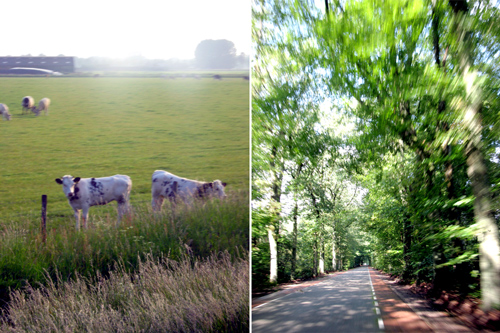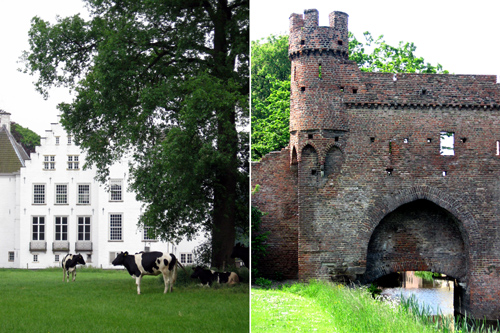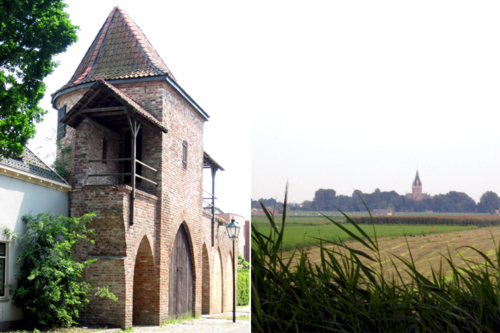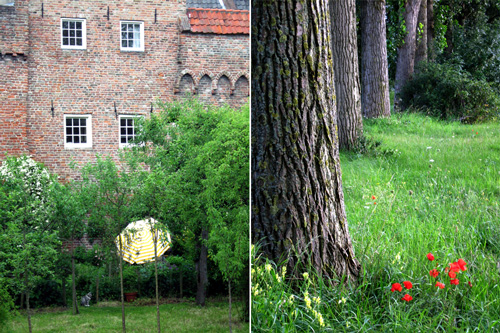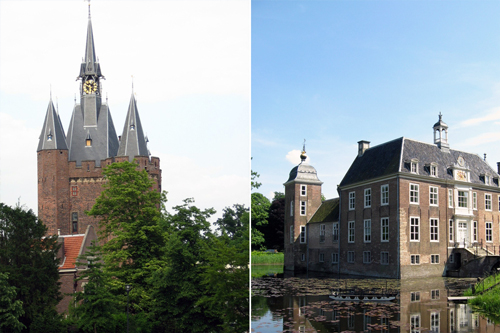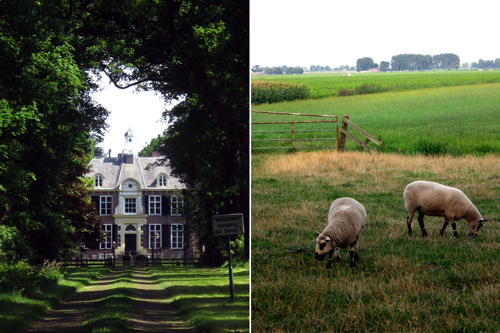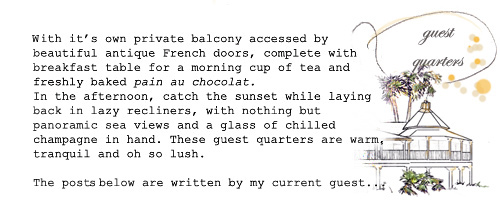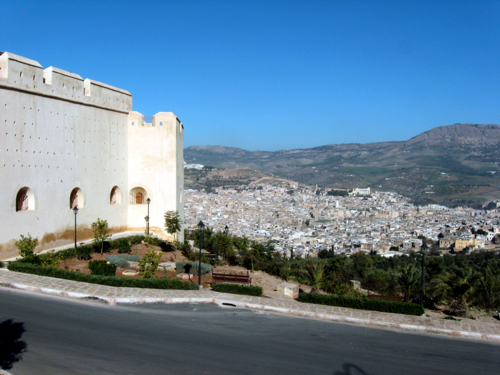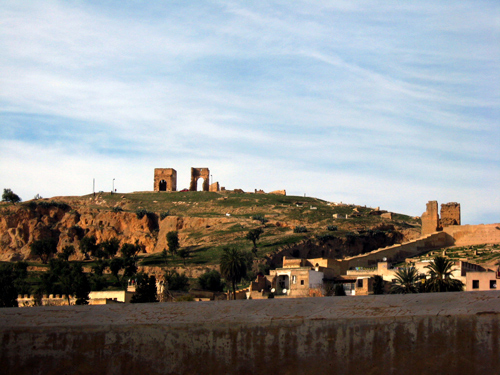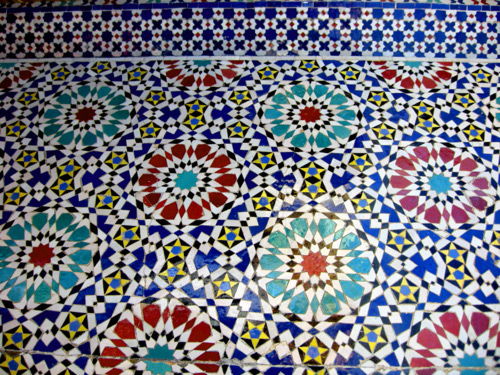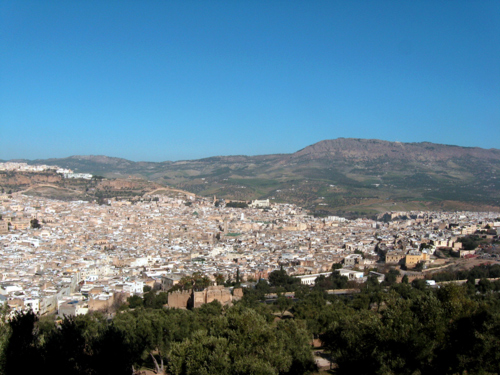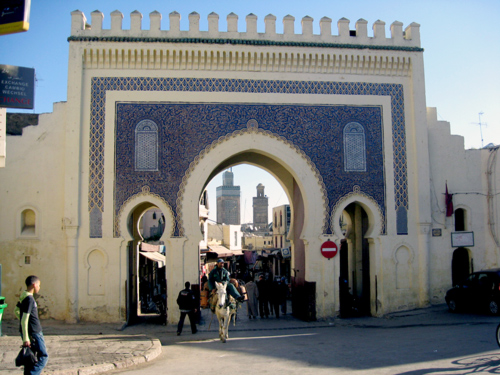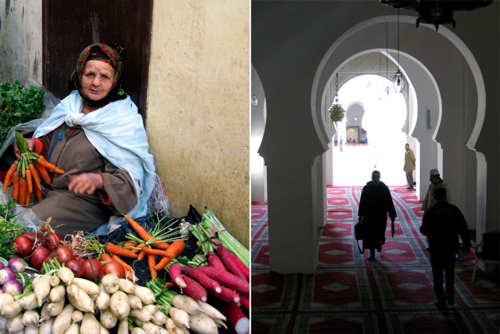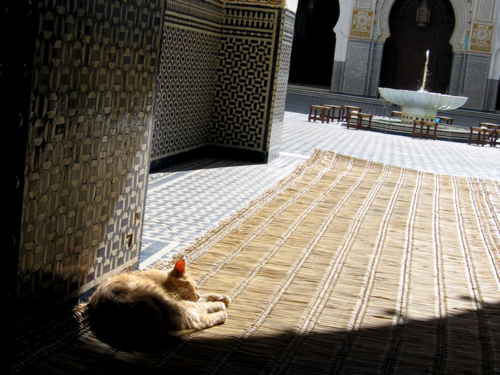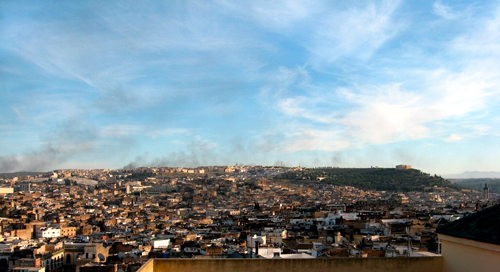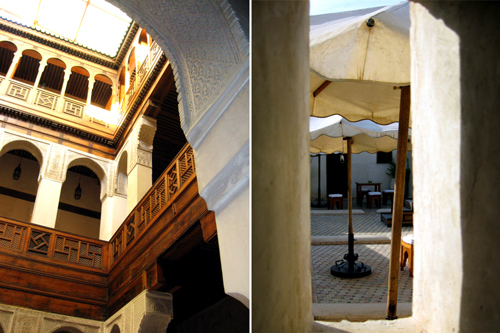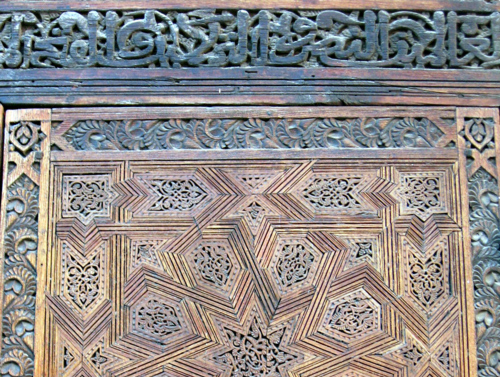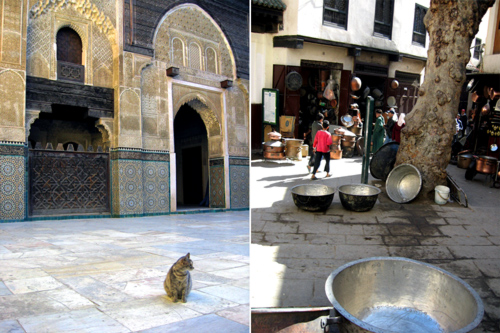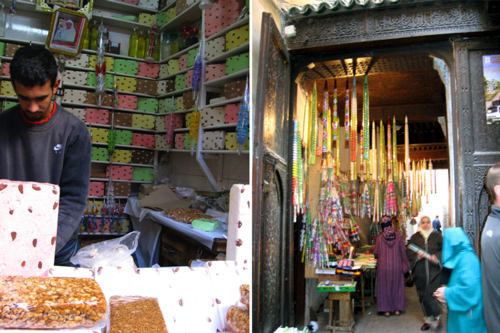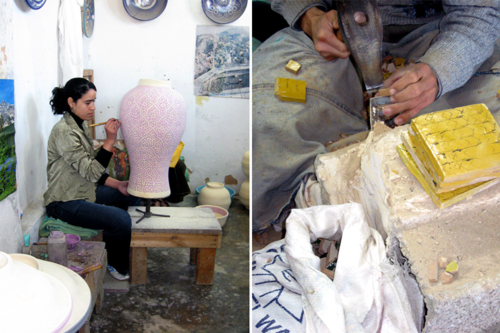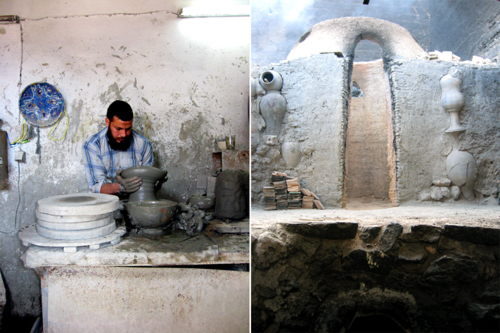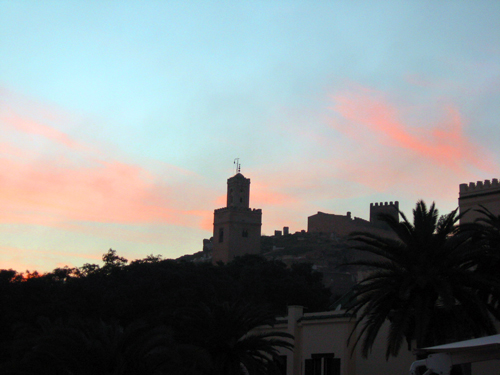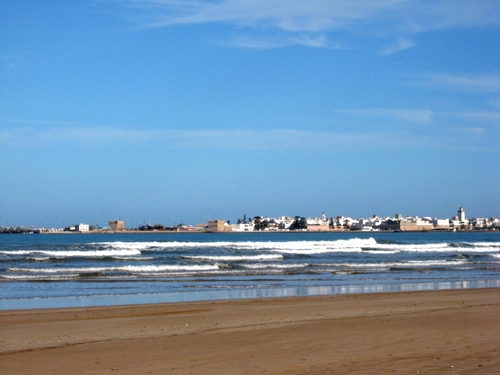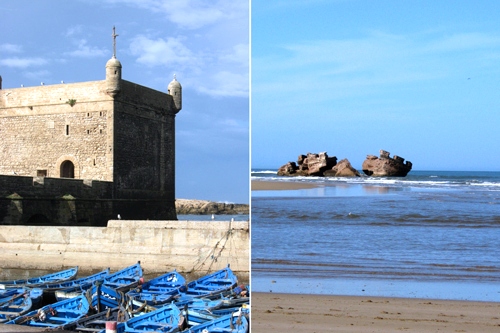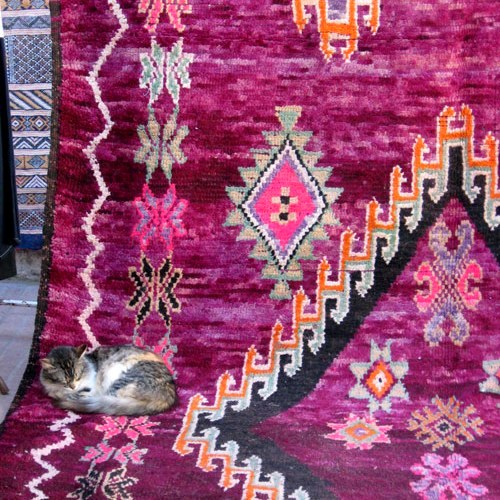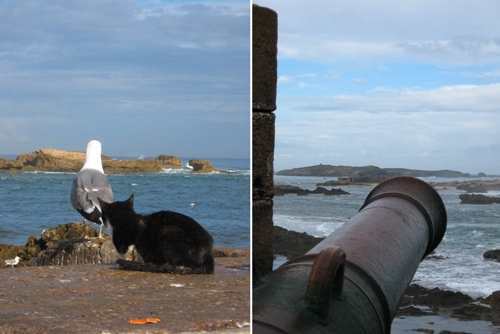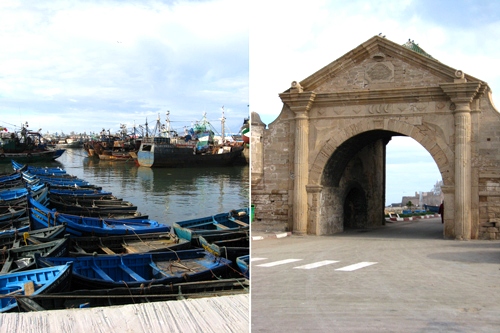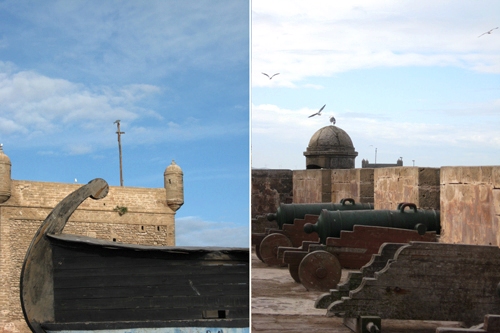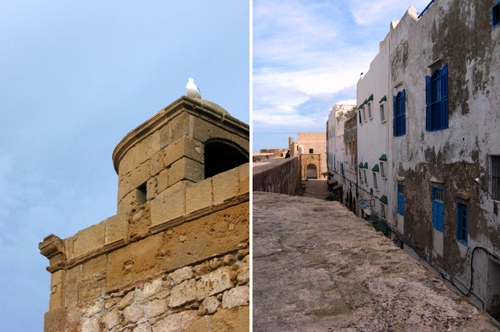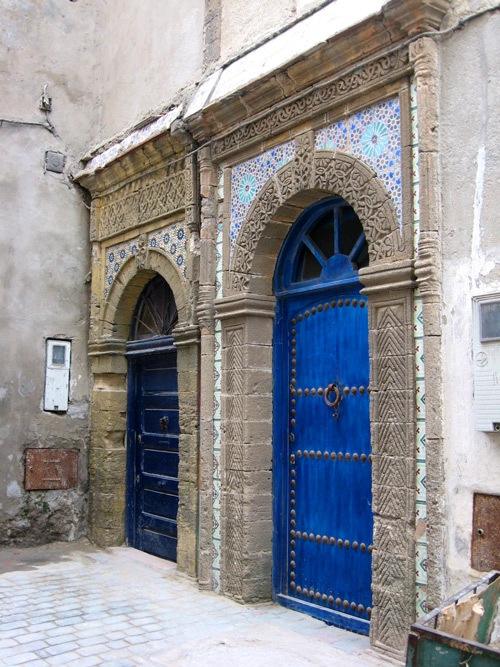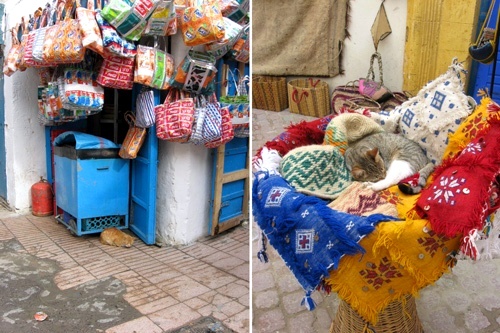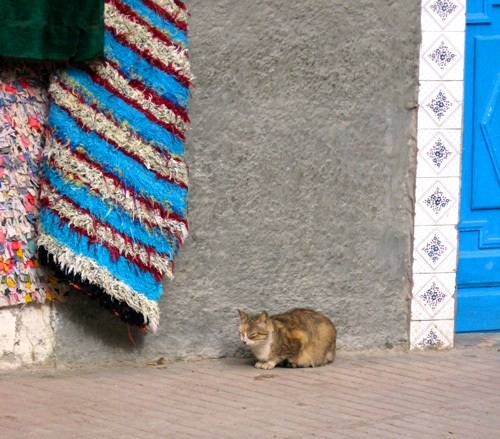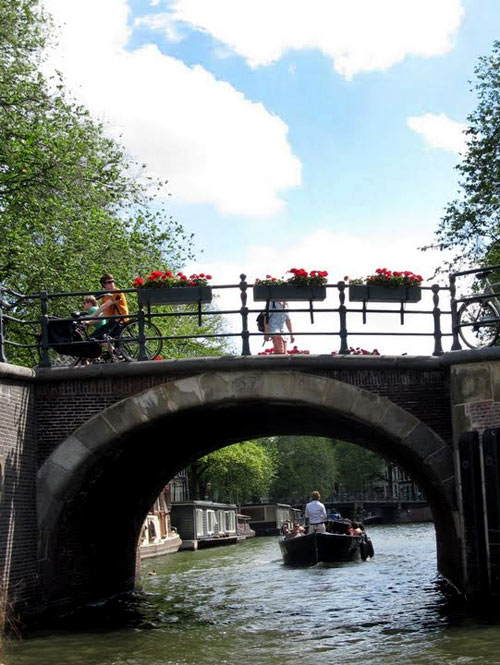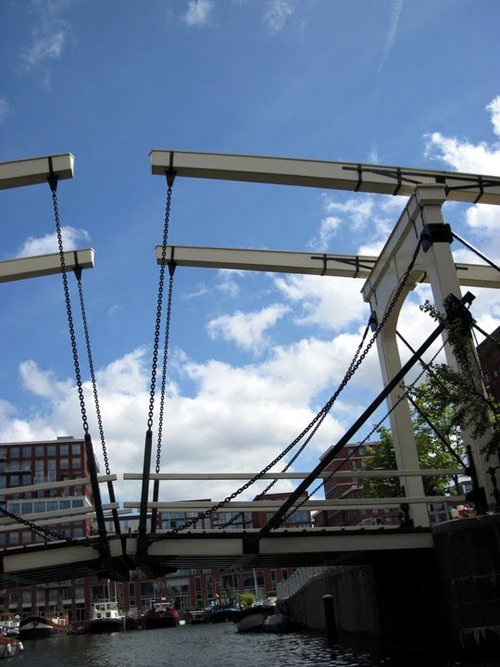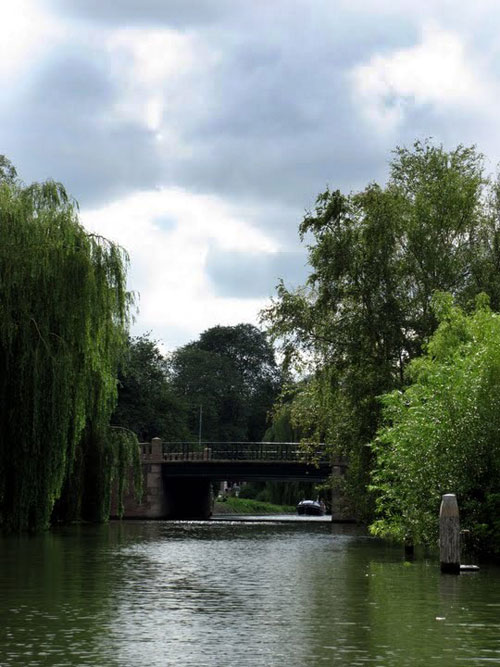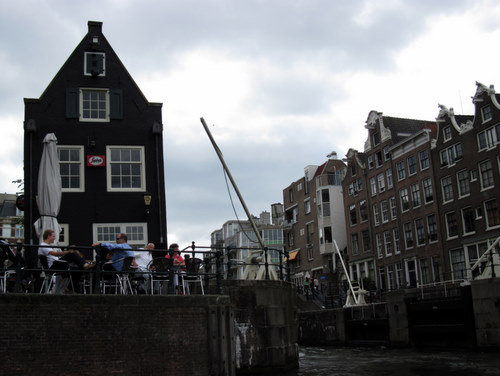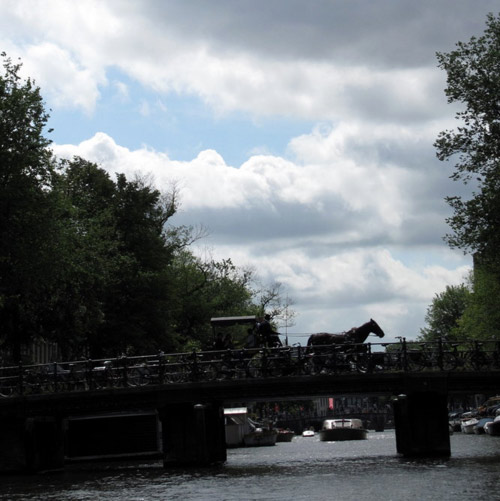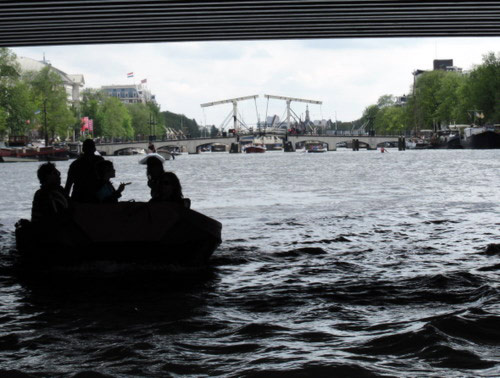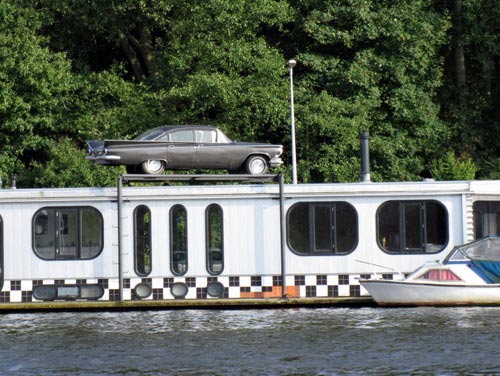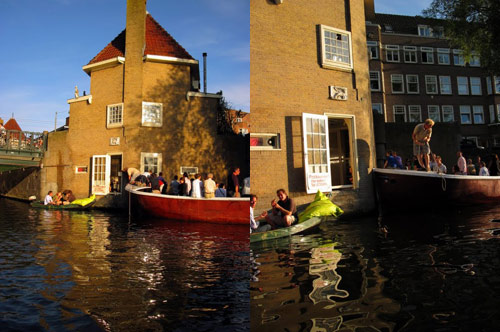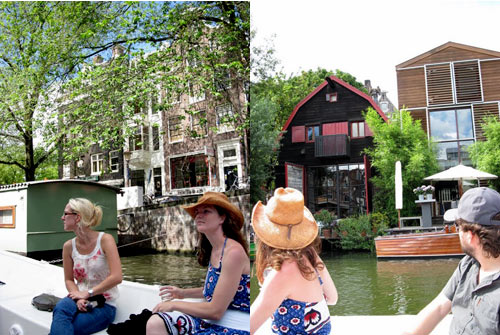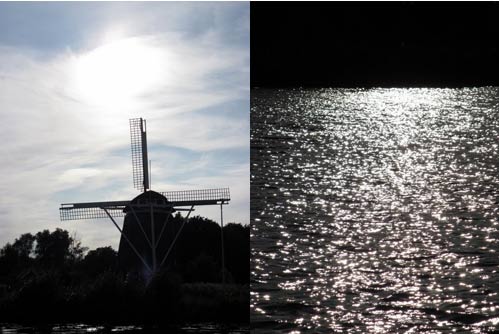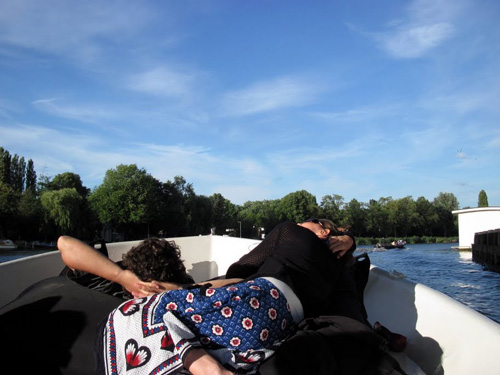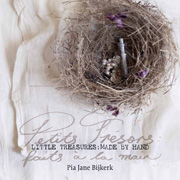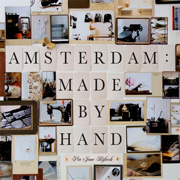 I couldn’t have put it better than Hemmingway.
I couldn’t have put it better than Hemmingway.
It’s certainly difficult to see much of Switzerland without travelling as much vertically as you do horizontally! Growing up in Queensland, I’m not particularly well acquainted with mountainous terrain, and my last visit to the Alps was many, many years ago. So I was completely enchanted with the excursion planned by some seriously alpine-minded friends of mine. Luckily, they didn’t expect me to climb anything more than a few stairs!

As our journey progressed from train, to rack-and-pinion rail, to cable car, the scenery changed too. From rolling green hills and jewel-like aquamarine lakes to narrow valleys and jagged, vertical cliff-faces, eventually the snow-capped peaks rose in front of us, and behind, row after row, disappearing as far as the eye could see.
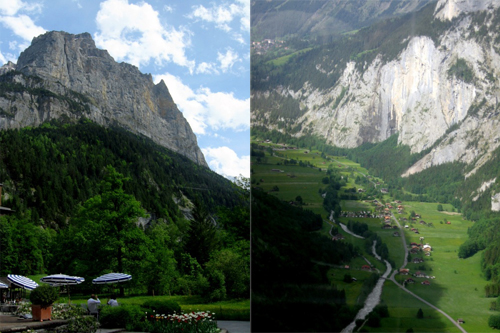

Words deserted me at the top. The true impact of the magnificent views from the top of the Schilthorn (the quieter, less touristy cousin to the famous Jungfraujoch), nestled in the centre of the Alps, with the majesty of the Jungfrau, Mönch and Eiger spread before you in all their glory, must be experienced to be believed.
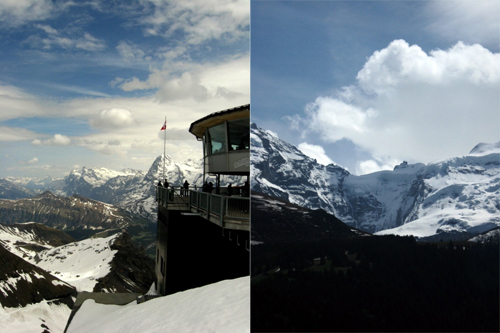
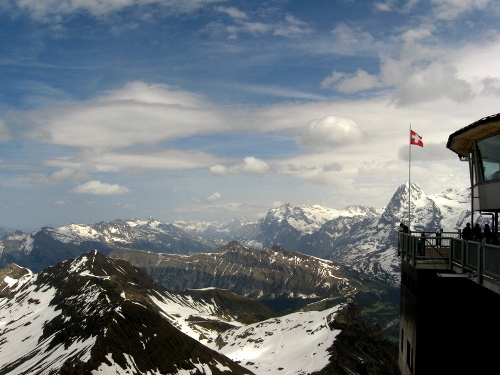

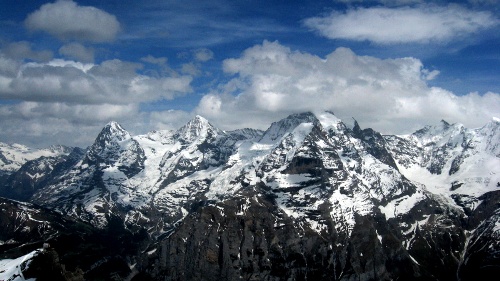
With mind reeling from the dizzying heights and thin air, my delightful tour guide had yet another hidden jem to share, nestled in the valley below the mountains. On the hillside above the Brienzer See (another of those eye-wateringly blue lakes) is an open air museum, the Ballenberg, which showcases the history of rural living and traditional customs, including more than 100 authentic buildings from all the different regions of Switzerland.


The architectural styles differ quite dramatically from canton to canton, and most of the buildings are furnished or in working condition. While the buildings have been brought in from other regions of the country, they are all old (some date back many hundreds of years), and are carefully dismantled and reassembled in much their original state. Nestled into the hillside they create an idyllic village atmosphere.
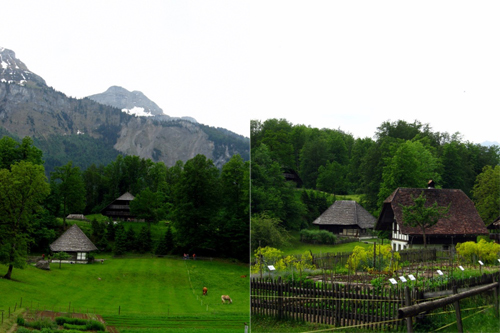

Rare indigenous breeds of goat, sheep, cattle and horses are also kept, and small plantations of traditional crops, vegetables, herbs and nut trees, including medicinal plants, are grown. Many of the buildings host demonstrations of traditional crafts, including wood carving, lace-making, pottery and weaving, agricultural techniques and cheese-making.
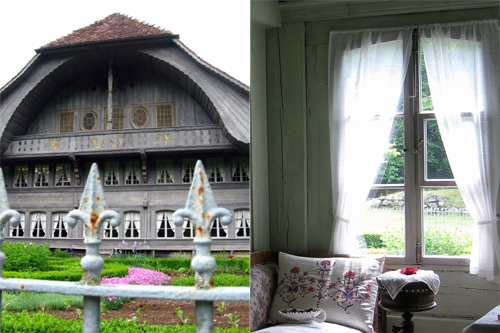

And in such a small country, who would have thought that the architectural styles could differ so widely?! From Germanic half-timbered dairies to the large Tuscan-style farmsteads based around a central courtyard, each canton is identified by its unique architectural style, perfectly designed for both function and environment. The tiny, basic alpine huts sheltered the cowherds and functioned as cheeseries while the cows spent the summer high in the alpine pastures, while wood-shingled grain stores were raised on posts and stone disks to keep out the mice.
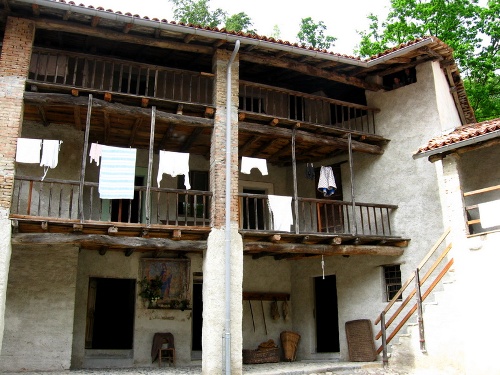

This fabulous, beautifully executed museum is a wonderful day out – a true slice of Switzerland in a manageable space. There are spaces for picnics, activities for the children, great cafes and several giftshops selling the craft items and produce from the museum. While we did a lot of walking, and the park stretches to over 66 hectares, it is not strenuous (though there are horse-driven carriage rides for the weary) and there were plenty of rest stops (a.k.a. photo opportunities for me!). The entire day was a magical glimpse into the life and history of a country that has seduced me in no uncertain terms. Yes, the scenery is stunning, but the people are also lovely – polite, and friendly, and very welcoming. I can see more of Switzerland in my future – and maybe in yours as well!
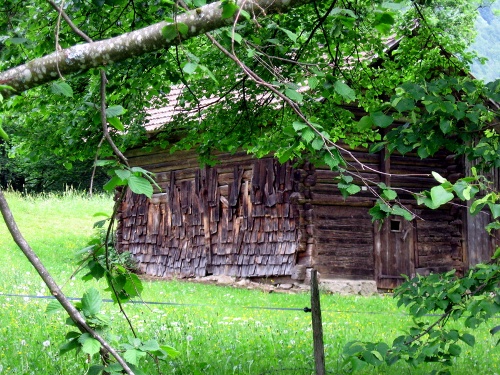

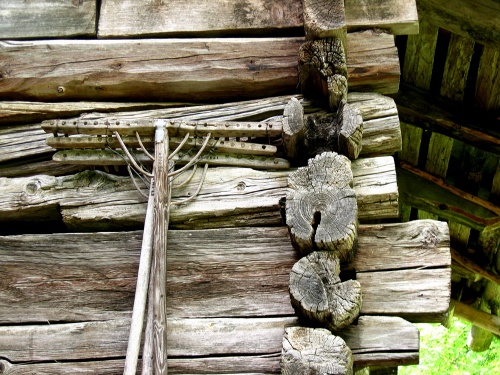
all photographs and words by zoë yule.


